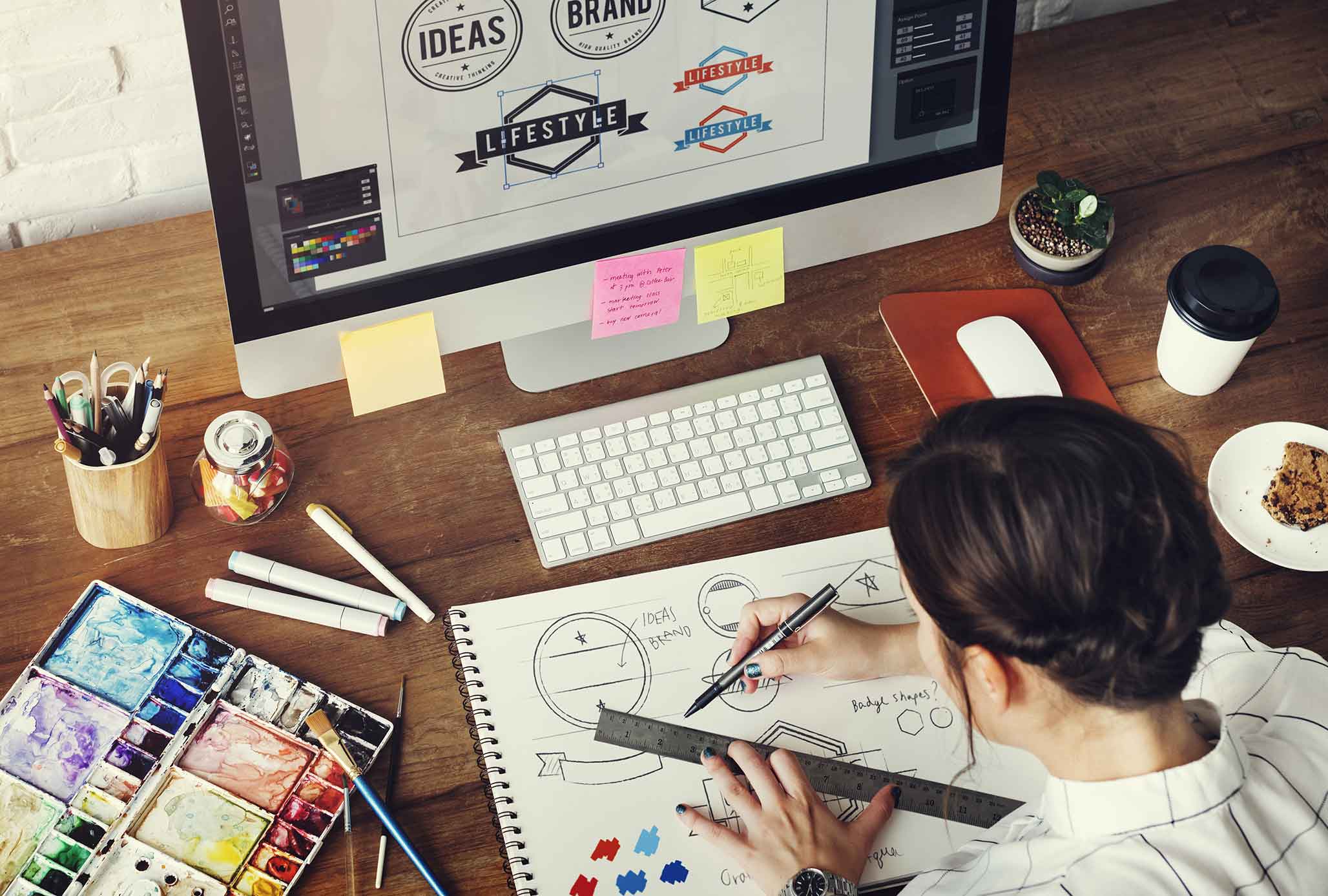
Lifestyle and Art: Where Creativity Shapes the Way We Live
Art and lifestyle may seem like separate worlds—one focusing on creative expression and the other on daily living. Yet, when we look closely, the two are deeply intertwined. Art doesn’t just exist in galleries and museums; it lives in the spaces we design, the clothes we wear, the objects we cherish, and the stories we tell. Lifestyle, in turn, influences how art is created, perceived, and shared across cultures.
In a world that increasingly values individuality, the merging of lifestyle and art is shaping trends, identities, and even economies. From interior design to fashion, from digital art to mindful living, creativity has become central to how people express themselves and find meaning in modern life.
This article explores how lifestyle and art connect, why this fusion matters, and how individuals can incorporate creativity into their everyday lives.
Art as a Reflection of Lifestyle
Throughout history, art has mirrored the way people live. Ancient cave paintings told stories of survival, while Renaissance masterpieces reflected faith and human achievement. Today, contemporary art often reflects urban life, technology, environmental concerns, and social identity.
Lifestyle choices such as minimalism, sustainability, or luxury living often find their way into artistic expression. For example:
-
Minimalist living is echoed in abstract, clean-lined art and design.
-
Sustainable lifestyles inspire recycled art, eco-friendly fashion, and natural-material home décor.
-
A culture of luxury and exclusivity fuels demand for limited-edition artworks, high-end collectibles, and unique design pieces.
In short, art becomes both a reflection of lifestyle and a tool for shaping it.
The Rise of Creative Living
Today’s society places a premium on creativity, not only as an artistic skill but as a lifestyle philosophy. People increasingly see creativity as a way to live more fully, reduce stress, and connect with others.
Creative living often includes:
-
Personal expression through clothing, accessories, and tattoos.
-
Home décor that incorporates art, handmade objects, and personal collections.
-
Culinary arts as a lifestyle choice, where cooking and food presentation are seen as creative outlets.
-
Travel experiences designed around cultural immersion, art festivals, or architectural wonders.
By integrating art into lifestyle, individuals are turning daily routines into opportunities for creativity and meaning.
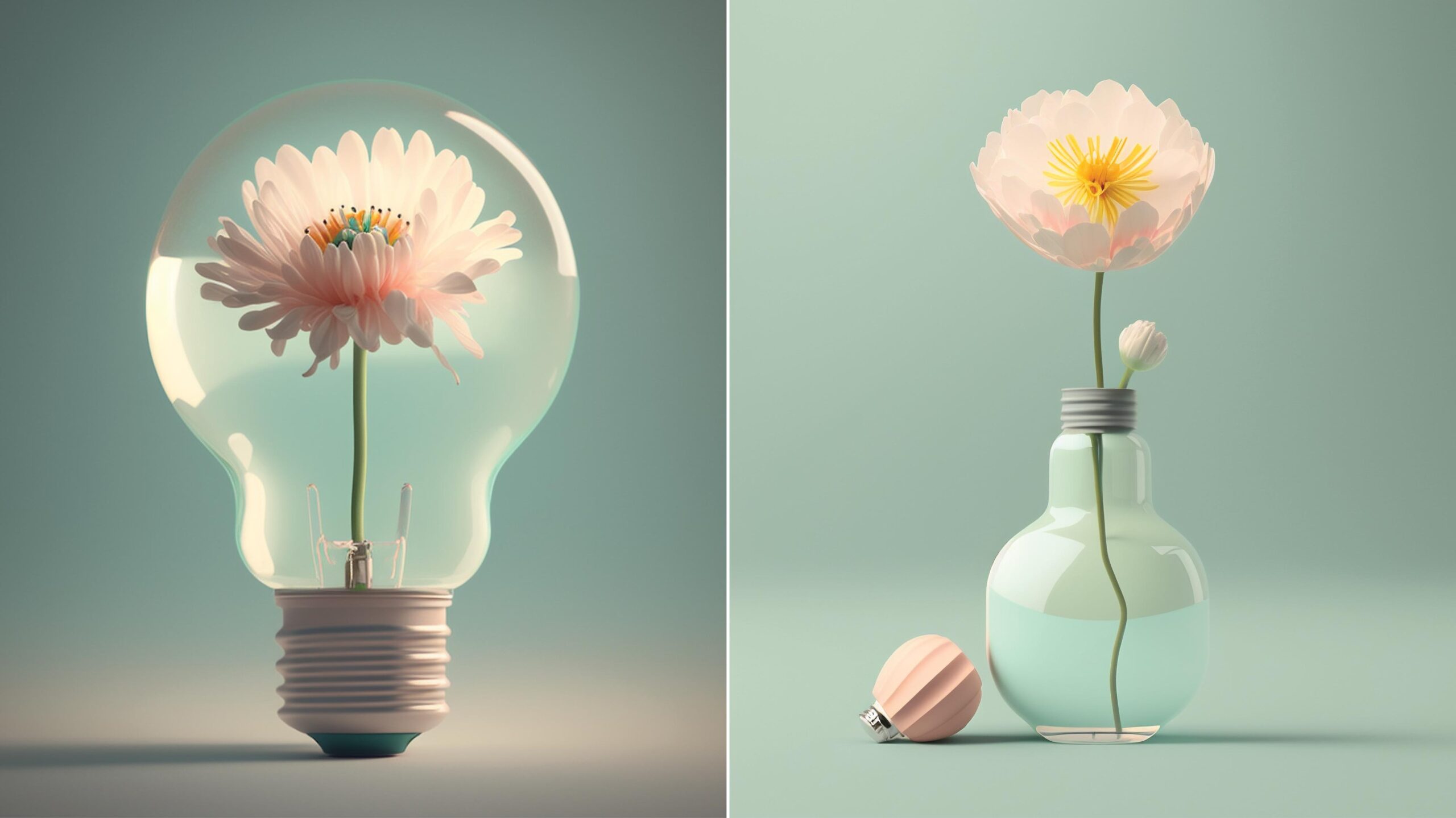
Fashion as Wearable Art
Fashion is one of the most visible points where lifestyle and art intersect. Every outfit is an artistic statement, reflecting not only aesthetic choices but also identity, culture, and values.
Fashion designers often view clothing as wearable art. Haute couture collections blur the line between fashion and sculpture, while streetwear represents a more accessible form of creative expression. Sustainability has also entered the fashion-art dialogue, with designers using recycled materials, traditional craftsmanship, and ethical practices to create pieces that tell deeper stories.
For consumers, fashion isn’t just about utility—it’s about personal branding, mood, and creativity. Choosing what to wear has become a daily act of artistry.
Art in Everyday Spaces
Gone are the days when art was confined to museums. Today, art has become an essential part of personal and public spaces. Lifestyle trends such as home personalization and remote work have fueled an increased demand for artwork that reflects personality and creates inspiration.
-
Home décor: From statement wall art to handmade ceramics, people integrate creativity into their living spaces.
-
Workspaces: Creative office design promotes innovation and reduces stress, with art installations, murals, or unique furniture pieces.
-
Public spaces: Cities are embracing street art, sculptures, and cultural centers to enhance urban life and create identity.
Art in these spaces transforms environments into experiences, making life more colorful and meaningful.
The Digital Revolution in Art and Lifestyle
Technology has revolutionized the way art is created and consumed. Digital platforms have turned art into a lifestyle element accessible to millions. Social media channels like Instagram, TikTok, and Pinterest allow individuals to curate artistic lifestyles, showcasing personal taste and inspiring others.
Key trends include:
-
Digital art and NFTs: A new art economy that has redefined ownership and collectibility.
-
Virtual museums and galleries: Allowing global audiences to explore art without leaving home.
-
Online communities: Connecting lifestyle enthusiasts, collectors, and creators across borders.
The digital shift has also blurred the line between professional artists and lifestyle creators. Influencers, designers, and everyday individuals can now reach wide audiences with their creative expressions.
Mindful Living Through Art
Lifestyle trends such as mindfulness, wellness, and slow living have also influenced the role of art. Creative practices like painting, pottery, journaling, and photography are increasingly used as tools for self-care and mental health.
Art therapy, for example, is recognized as a way to help people process emotions, reduce stress, and cultivate inner peace. Similarly, mindfulness practices often encourage individuals to engage in artful observation—appreciating beauty in small details like textures, colors, and natural forms.
In this way, art is not only about aesthetics but also about enhancing quality of life and well-being.
Cultural Fusion and Global Lifestyles
Globalization has created a melting pot of lifestyles and artistic traditions. From Japanese minimalism to African textile art, from Scandinavian design to Latin American murals, cultures are influencing one another in unprecedented ways.
This cultural fusion enriches both art and lifestyle. Travelers bring home inspirations from different cultures, while global brands incorporate diverse artistic elements into their products. This not only fosters appreciation for different traditions but also sparks innovation.
For example:
-
Scandinavian hygge influences cozy lifestyle design.
-
Japanese wabi-sabi aesthetics inspire acceptance of imperfection.
-
African patterns and colors find their way into contemporary fashion and home décor.
Art becomes a bridge between cultures, shaping lifestyles that are more inclusive and diverse.
Challenges in the Art-Lifestyle Connection
Despite the beauty of blending art and lifestyle, challenges exist. One major concern is commercialization. As art becomes a lifestyle commodity, there’s a risk of reducing creativity to a status symbol or trend. Originality can be overshadowed by mass production, and authentic traditions may be appropriated without respect.
Additionally, not everyone has equal access to art. While digital platforms democratize exposure, economic barriers can still limit who can purchase, create, or showcase art. For art and lifestyle to truly merge inclusively, accessibility and cultural sensitivity must be prioritized.
The Future of Artful Living
Looking ahead, the intersection of art and lifestyle will likely grow even stronger. Sustainability, digitalization, and personalization will continue to drive the movement. Homes will become more artistic, fashion will continue to double as identity, and technology will provide endless possibilities for creative expression.
At the same time, people will increasingly look to art as a way to balance the fast pace of modern life. From slow design to mindfulness through creativity, lifestyle choices will lean toward artful living that prioritizes well-being and connection.
Ultimately, the future of lifestyle and art is about making creativity accessible to everyone—not just as a luxury, but as a daily practice that enhances human experience.

Conclusion
Lifestyle and art are no longer separate domains—they are deeply interconnected forces shaping how we live, express ourselves, and connect with the world. Whether through fashion, home design, digital creativity, or cultural exchange, art has become a defining part of modern lifestyles.
For individuals, embracing art in everyday life offers more than just beauty. It provides a way to tell personal stories, foster mindfulness, and connect with diverse communities. For society as a whole, the fusion of art and lifestyle fosters creativity, inclusivity, and sustainable growth.
In a rapidly changing world, one truth remains constant: art, when woven into lifestyle, enriches human existence. It transforms the ordinary into the extraordinary and turns life itself into a creative masterpiece.

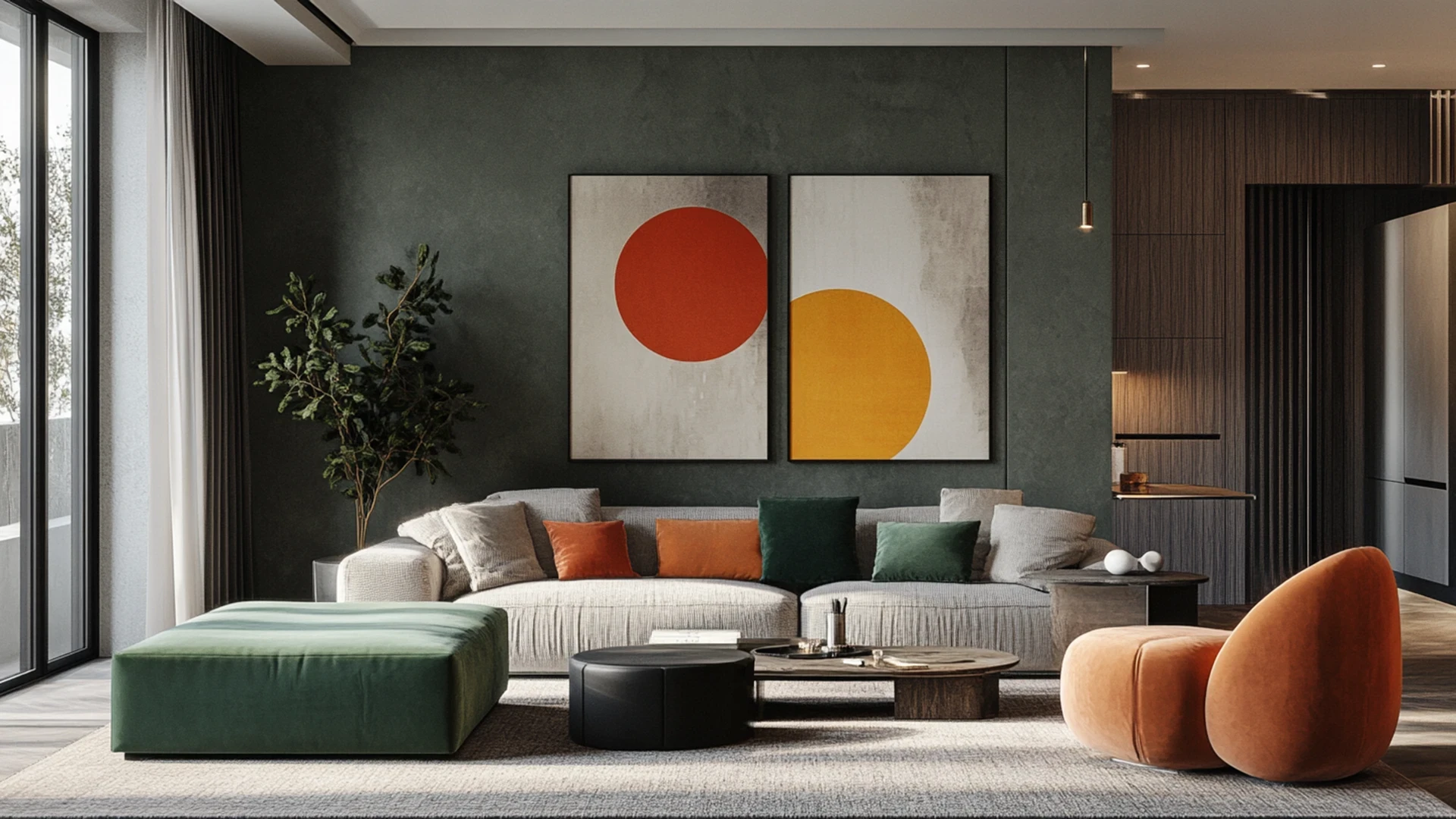
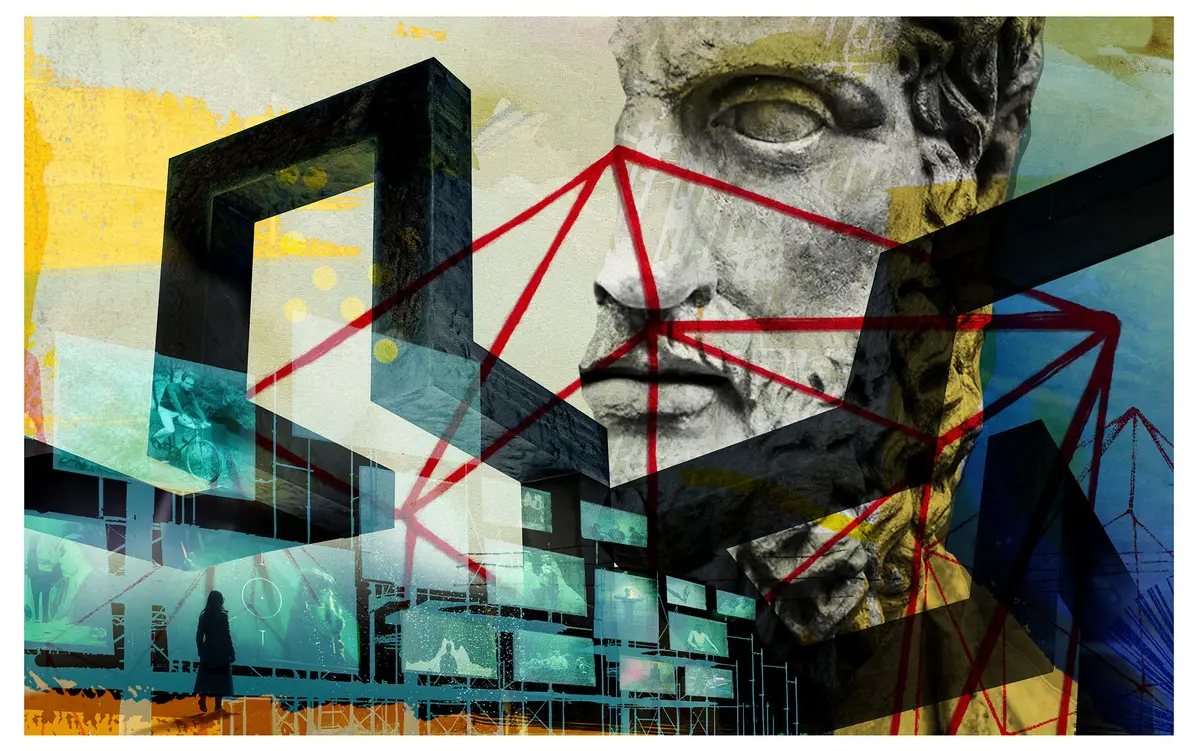
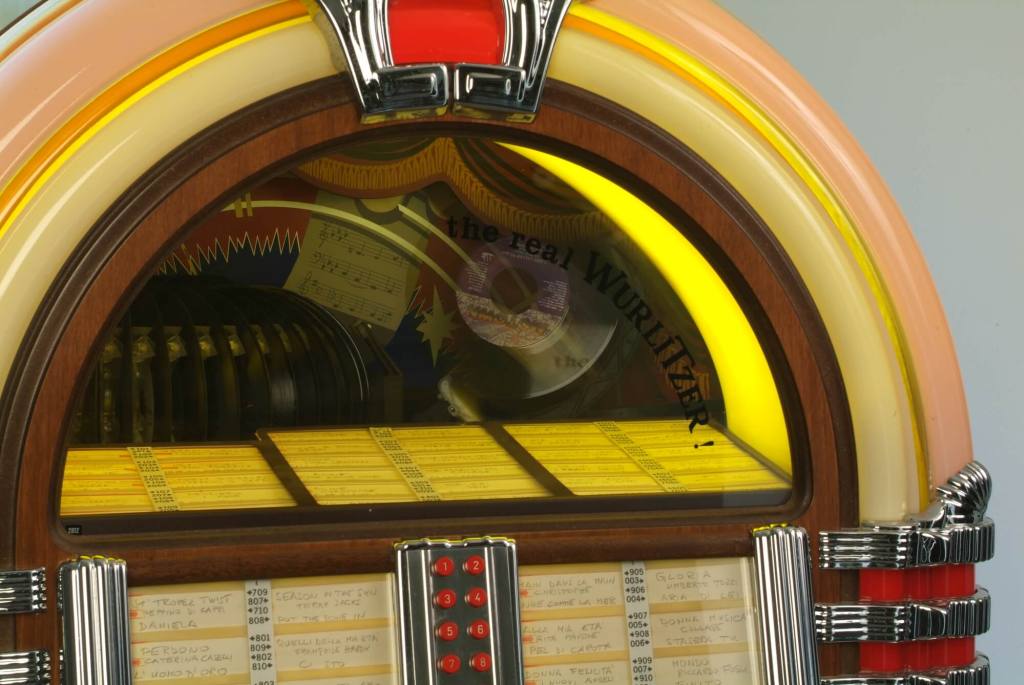



Post a comment